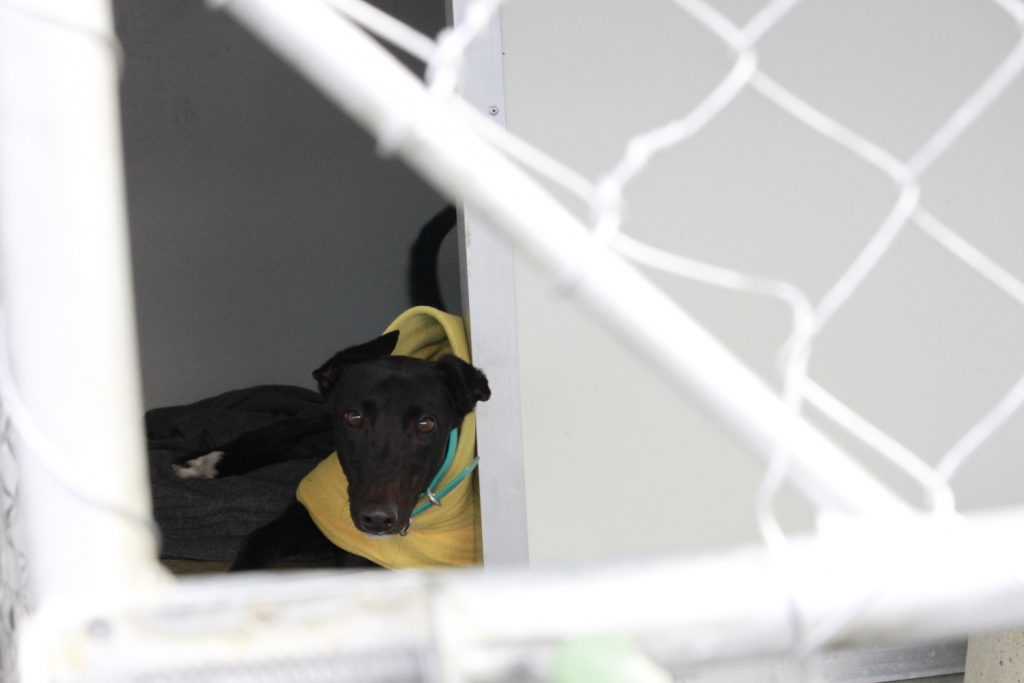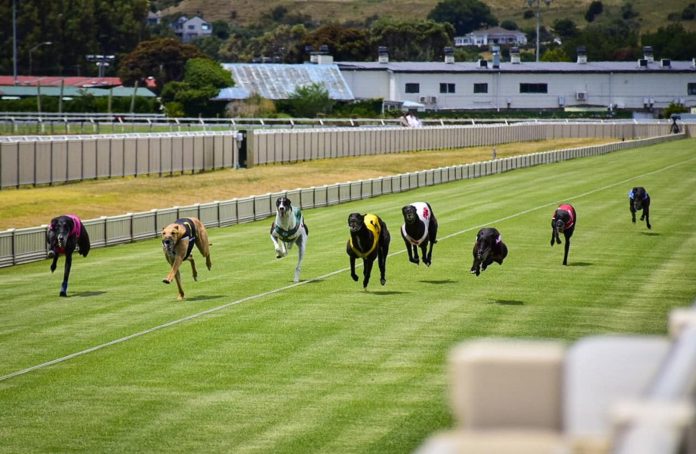Devastated in the face of a ban to greyhound racing, those in the industry nationwide are not giving up without a fight. Reporter Susan Sandys spoke to trainers and an owner at Rakaia.
Rakaia greyhound trainers Tony Hart and Dylan Voyce have a quiet confidence they will be able to continue doing what they have always done.
That is caring for about 50 greyhounds at Rakaia, and training and racing them.
They know the government is introducing a ban on the sport from July next year.
But they are hopeful a legal challenge mounted by their industry’s ruling body will succeed.
‘‘We are devastated about it,’’ Hart said of the ban.
‘‘We never thought it would get to this stage,’’ he added, recounting shock at the announcement made by Racing Minister Winston Peters late last year.
Greyhound NZ has applied to the High Court for a judicial review.
An interim injunction will be heard on August 14.
If granted, it will act as a stop order on any work being completed to further the ban until the resolution of the judicial review.
Hart and Voyce, alongside one of their owners, retired vet Donald Arthur, can not understand how politicians can justify closing down the industry on animal welfare grounds.
‘‘If the government is going to ban greyhound racing, they have to ban horse racing, sheep farming where lambs get their tails docked, dairy farming where calves get taken off cows,’’ Arthur said.
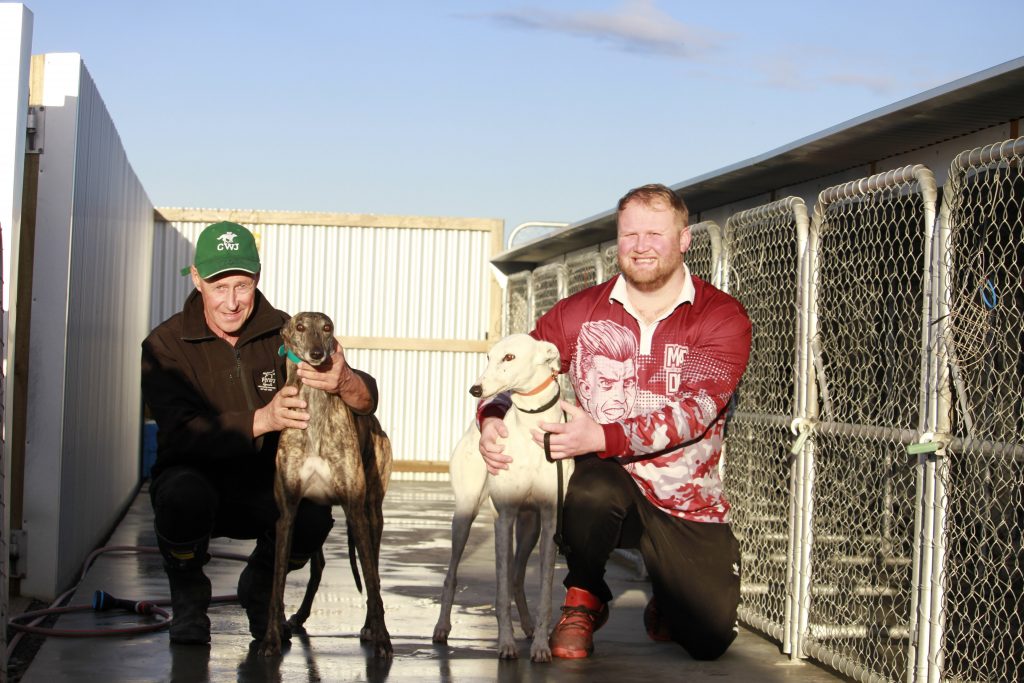
Greyhound NZ says, on its website, ‘‘Greyhounds are born to run and they love to compete’’.
Greyhound trainers and owners celebrate and respect their dogs.
It’s an ethic embodied day-to-day in the lives of Tony Hart, who has been training for 40 years and owns some dogs with his partner Kirsty, and Dylan Voyce, who has been training for five years.
The Hart’s rural Rakaia property includes a $1 million asset of modern and clean infrastructure for their greyhounds.
There are paddocks, called rearing yards, for dogs up to 12-months-old to free run, a whelping pen with heat pump, and outdoor sand run track.
There are lines of kennels for racers, with bedded sleeping quarters made with insulated panels, ensuring they are warm in winter and cool in summer.
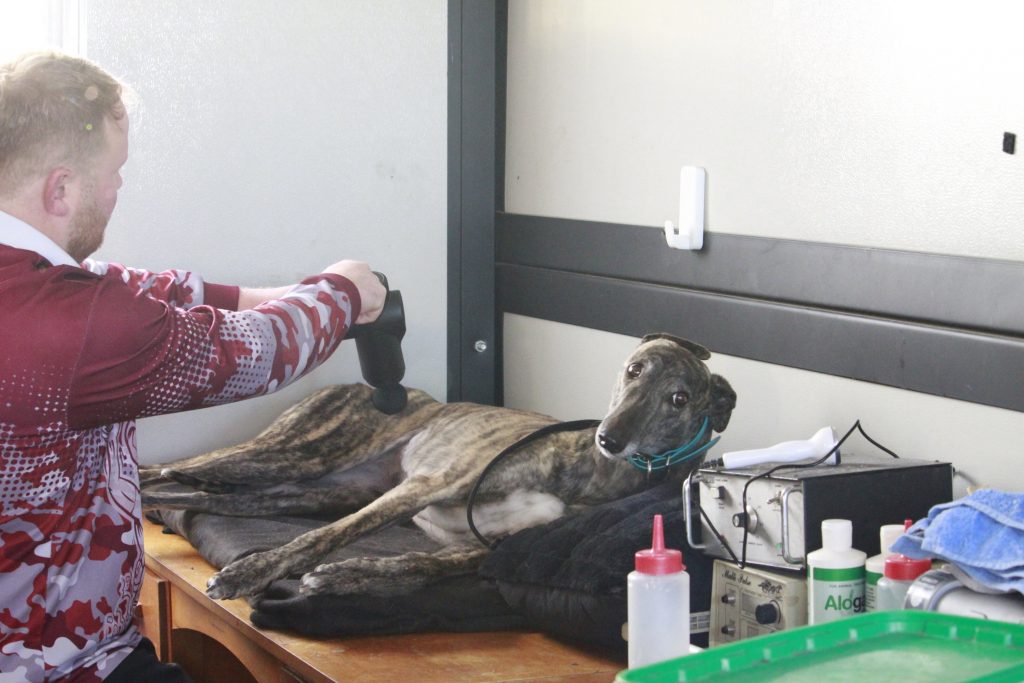
In the kennels, the canine residents wear “dog pyjamas”, and on the day when The Ashburton Courier visits, they appear warm, friendly, happy and relaxed.
“They are pretty spoilt,” Hart said.
There is even a table for massaging the dogs, something done about three days prior to each race to help get their muscles ready.
And when it comes to feeding, that’s a specialised operation, to ensure the dogs get all the nutrients they need, and to keep their bodies in prime racing condition.
They get fresh beef, bones, supplement electrolytes, rice bran oil, top brand kibble, calcium and vitamin E.
‘‘They actually get fed better than I do,’’ Hart said.
As far as Hart and Voyce are concerned, their dogs are their friends.
They are involved not only in training and racing them, but also rehoming them when they retire, generally at the age of four to five.
Voyce himself has a pet greyhound.
Bolty, a retired seven-year-old, was one of the fastest in New Zealand, having been a champion track record holder at Addington.
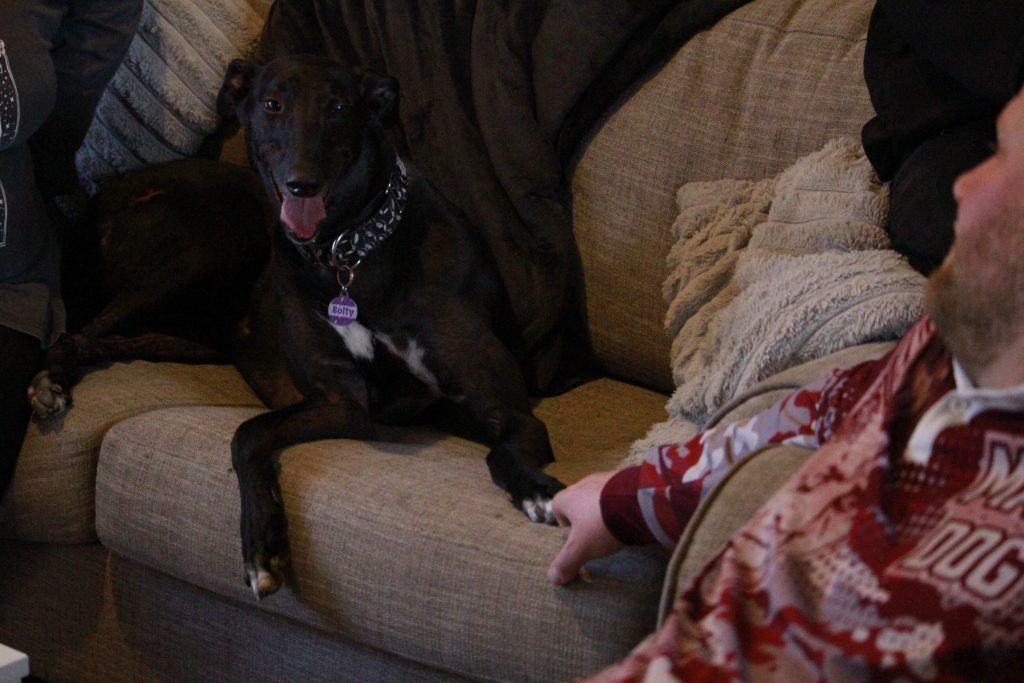
Voyce and Hart chuckle when they see how Bolty and his four-year-old friend Regal Birdie, who is up for adoption, run and jump joyfully into a van they use for transporting dogs to the track.
The canine pair think they are going back to their old days of racing again.
The two trainers are sad closure of the industry would result in tens of thousands of dollars each year, just from their operation alone, being stripped out of the Mid Canterbury economy.
There had even been plans for a $3.5 million straight racing track (deemed safer for dogs than oval tracks) at the Ashburton Raceway.
The plans were shelved when the ban was announced.
Voyce has already had to layoff one of two employees due to the impending ban.
And the cost of rehoming looms large.
Greyhound Racing NZ usually pays for this, but will be asking the government to cover it as the industry body will not have money coming in.
It has estimated industry closure will cost the taxpayer at least $40m, mostly due to the cost of looking after greyhounds for up to three years while they wait to be rehomed.
There could be 1500 greyhounds nationwide that will still need to be rehomed following the closure of racing.
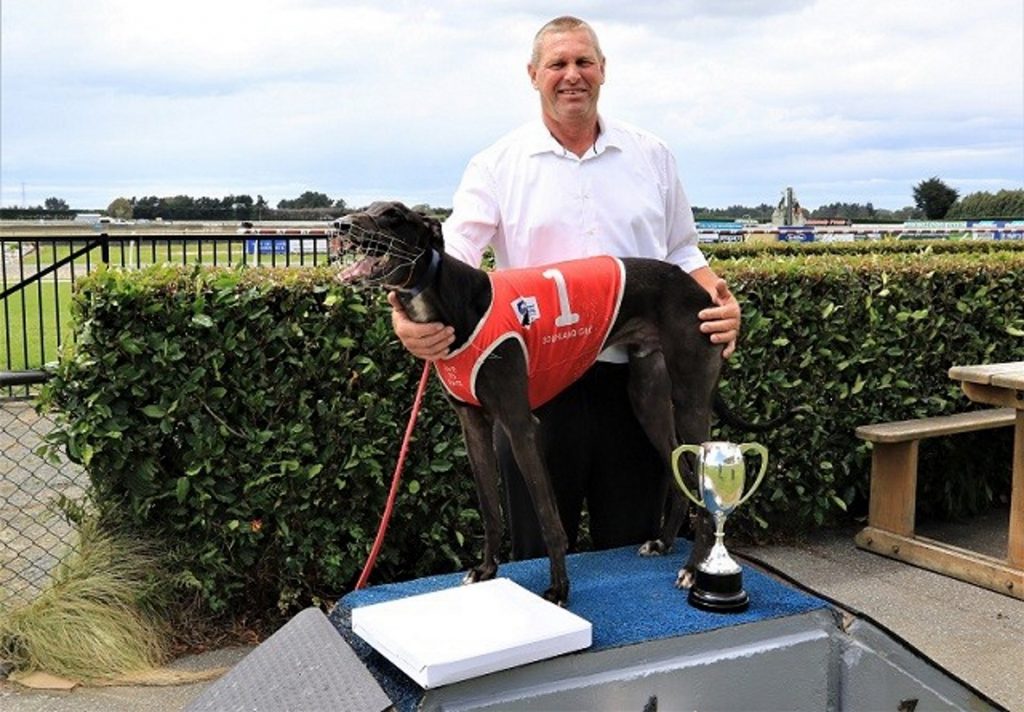
INJURIES AND DEATHS
Greyhound NZ argues serious injuries and deaths at race meetings nationwide have reduced with continued increases in the organisation’s national animal welfare standards.
Data confirms this reduction – there were 62 deaths following a race due to injury in 2018-2019, compared to nine last year.
The organisation argues the number of deaths is just one dog in every 2507 dog race starts, ‘‘a lower number than both horse racing codes’’.
So far this season, from August 1 last year to last week, there have been eight euthanasias due to injury.
There has also been five deaths due to a medical event following a race, and 108 serious injuries, defined as an injury that requires a stand down from racing of over 42 days.
The Ashburton Courier attempted to verify the organisation’s claim the death rate is lower than that for horses in harness and thoroughbred racing.
Harness Racing New Zealand responded with figures from this season so far.
From the start of the racing season on August 1 last year to this week, there had been three horse deaths.
These were all euthanasias due to injury following a race.
‘‘In this period, total deaths following a race equate to one horse in every 8426 horse race starts.’’
New Zealand Thoroughbred Racing said for last season (2023-2024) there were 18 horse deaths from 26,010 starters. Thoroughbred fatality statistics are collected for up to 72 hours post-racing.
‘‘The international standard measure for racing-related fatalities is per 1000 starters.
‘‘In New Zealand, the cumulative 10-year rate is 0.72 fatalities per 1000 starters, which includes racing across all surfaces and track conditions,’’ New Zealand Thoroughbred Racing said.
The organisation added comparing dog and horse deaths was “extremely misleading”.
‘‘They are completely different species with different medical needs post-injury and statistical analysis can’t be compared like-for-like due to their vast physiological differences.’’
